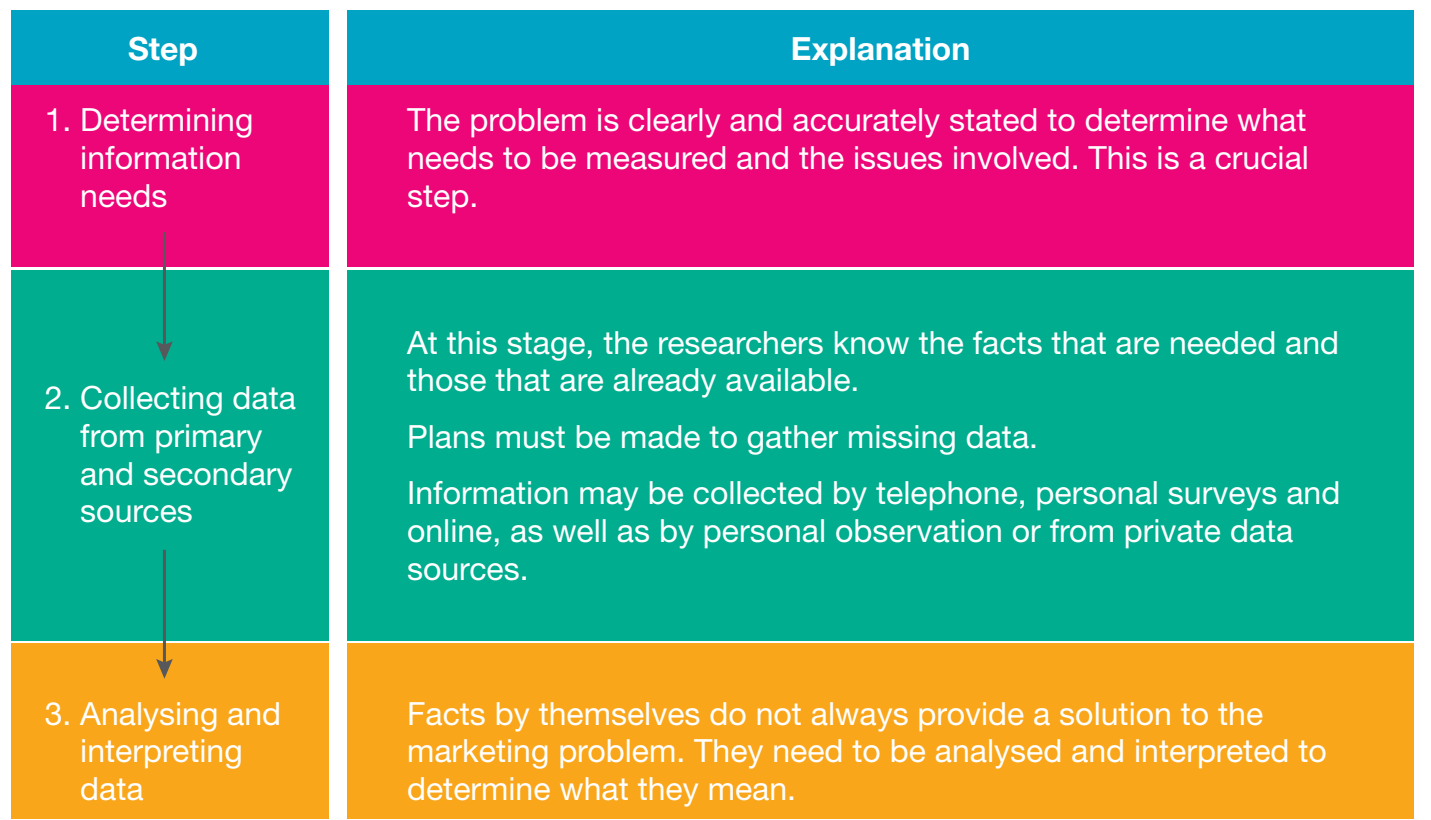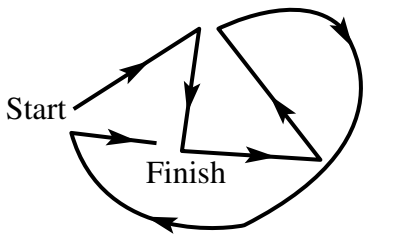Photo AI
Last Updated Sep 24, 2025
Monitoring and Evaluating Solutions Simplified Revision Notes for NSC Business Studies
Revision notes with simplified explanations to understand Monitoring and Evaluating Solutions quickly and effectively.
232+ students studying
Monitoring and Evaluating Solutions
Understanding the processes involved in monitoring and evaluating solutions is crucial for achieving success in business problem-solving. This guide outlines the methodologies used to track progress and assess results effectively.
Introduction to Key Performance Indicators (KPIs)
Key Performance Indicators (KPIs): Quantifiable measures that assess how well a company is meeting its objectives.
- Customer Satisfaction Score: Reflects the level of customer approval and engagement.
- KPIs are essential tools for evaluating performance relative to business targets.
Role of KPIs in Measurable Objectives
- KPIs facilitate the establishment of measurable objectives within business processes.
- Example: Deploying KPIs to decrease lead time is vital for achieving efficiency, essential for maintaining a competitive edge in logistics.
Aligning KPIs with Goals
- Ensure KPIs are aligned to provide cohesive integration with business objectives.
- Example: A KPI for "Increasing Sales Growth Rate" should correspond with the "Increase Revenue" business goal.
Selecting Appropriate KPIs
- Criteria for Selecting KPIs:
- Relevance: Must align with business objectives.
- Quantifiability: Should be numerically measurable.
- Goals Relationship: Must directly correlate with business goals.
Best Practices for KPI Implementation:
- Utilise benchmarking to establish realistic targets.
- Regularly reassess and update KPIs.
- Facilitate stakeholder engagement to ensure successful KPI adoption.
Monitoring Progress
Examine the methods and tools essential for monitoring and evaluating problem-solving strategies.
Role of Continuous Monitoring
- Ensures strategic alignment with business objectives.
- Provides immediate feedback aiding in swift decision-making.
Comparative Methods
Benchmarking
- Definition: A method of evaluating processes against industry standards.
Management by Objectives (MBO)
- Definition: MBO is a collaborative framework for setting goals, aligning organisational and personal objectives.
| Traditional Objective Setting | MBO Approach |
|---|---|
| Top-down goal setting | Cooperative goal setting |
| Fixed, rigid goals | Flexible, adaptable goals |
Evaluating Results: Assessing Business Solutions
Importance of Evaluation
- Verifies that solutions align with the goals, linking problem-solving with organisational achievement.
- Identifies strengths, weaknesses, and opportunities for development.
Assessing Business Solutions Using Evaluation Criteria
- SMART Objectives:
- Objectives should be Specific, Measurable, Achievable, Relevant, and Time-bound for clarity.
- Example: Increase sales by 10% in six months through enhanced customer service.
Role of Stakeholder Feedback
- Sources:
- Customers provide insights into satisfaction levels and expectations.
- Employees offer perspectives on operational effectiveness.
- Suppliers provide information on supply chain durability.
Techniques to Spot Unintended Consequences
- Force-field Analysis: Evaluates the forces supporting or opposing change.
- Delphi Method: Uses structured rounds of feedback to reach expert consensus.
Summary of Key Points
- Continuous monitoring is crucial to maintaining strategic alignment.
- Utilise feedback to drive ongoing improvements.
Techniques for Data Analysis
- Statistical Analysis:
- Example formula: , representing the relationship between variables.

Overview of Primary Data Methods
Surveys
- Essential for collecting quantitative and qualitative data.
- Delivery Methods: Compare online versus paper-based surveys.
Experiments
- Hypotheses Formation: Test cause-effect relationships.
Observations
- Naturalistic vs. Controlled: Examine behaviours naturally or under set conditions.
Key Takeaways
- Ensure objectives meet SMART criteria.
- Effective evaluation underpins continuous improvement.
- Feedback loops are vital for refining strategies.

Diagrams
-
Visual aids demonstrate KPI correlations and dashboard metrics:


By mastering these processes and tools, students can adeptly navigate and apply business problem-solving strategies in real-world contexts.
500K+ Students Use These Powerful Tools to Master Monitoring and Evaluating Solutions For their NSC Exams.
Enhance your understanding with flashcards, quizzes, and exams—designed to help you grasp key concepts, reinforce learning, and master any topic with confidence!
190 flashcards
Flashcards on Monitoring and Evaluating Solutions
Revise key concepts with interactive flashcards.
Try Business Studies Flashcards19 quizzes
Quizzes on Monitoring and Evaluating Solutions
Test your knowledge with fun and engaging quizzes.
Try Business Studies Quizzes4 questions
Exam questions on Monitoring and Evaluating Solutions
Boost your confidence with real exam questions.
Try Business Studies Questions1 exams created
Exam Builder on Monitoring and Evaluating Solutions
Create custom exams across topics for better practice!
Try Business Studies exam builder54 papers
Past Papers on Monitoring and Evaluating Solutions
Practice past papers to reinforce exam experience.
Try Business Studies Past PapersOther Revision Notes related to Monitoring and Evaluating Solutions you should explore
Discover More Revision Notes Related to Monitoring and Evaluating Solutions to Deepen Your Understanding and Improve Your Mastery
96%
114 rated
Steps in Problem-Solving
Problem-Solving: Evaluating Alternative Solutions
212+ studying
188KViews96%
114 rated
Steps in Problem-Solving
Selecting and Implementing Solutions
212+ studying
199KViews